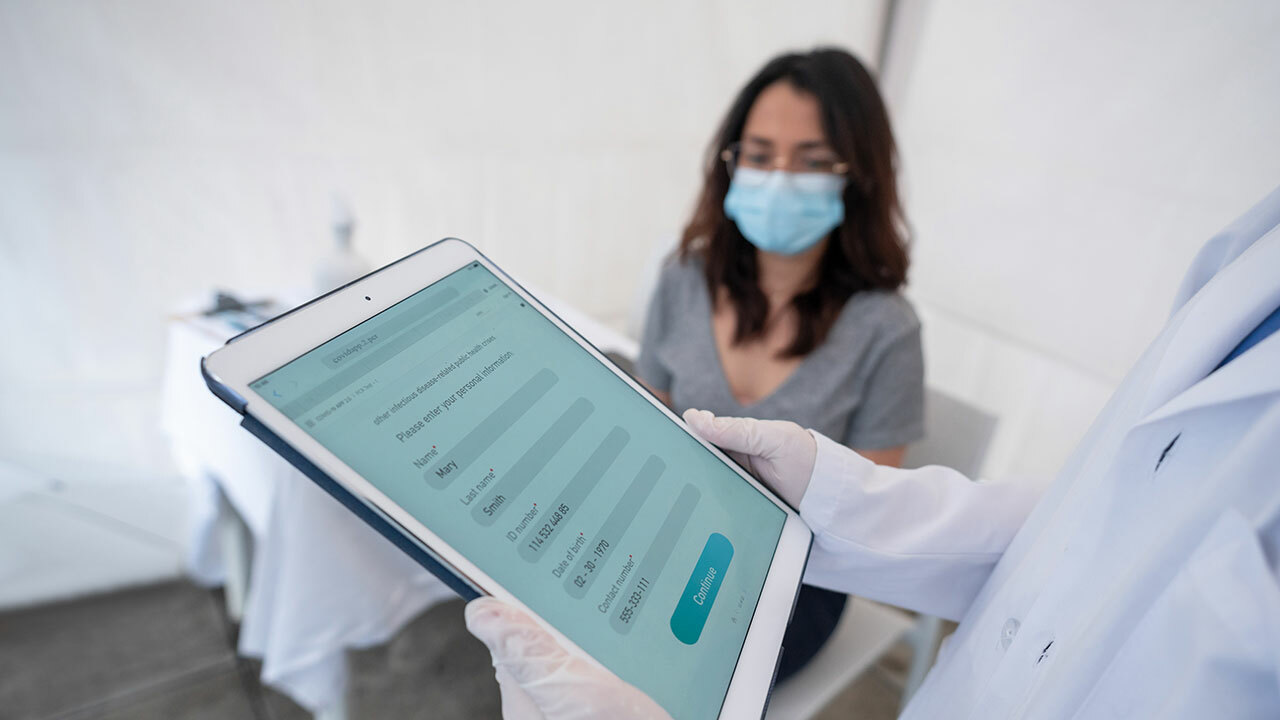A longtime leader in healthcare improvement, we’re developing new ways to revolutionize the industry.

Three Ways to Optimize BPCI Advanced Baseline Data
The data is here. Providers that applied for Model Year 3 of the Bundled Payments for Care Improvement (BPCI) Advanced initiative are now armed with three years of baseline data and preliminary target prices to help guide their decisions and strategies for success.
There’s a lot that can be done with this information to help participants position their bundled payment models for improved patient outcomes delivered at a lower cost with additional financial rewards. But they must cull through all the data to gain a clear understanding of historical experience, analyze their savings potential and evaluate which clinical episodes have the greatest opportunities for process improvement. In fact, there are 33 inpatient and four outpatient conditions to weed through, including several new clinical episodes that weren’t around in Model Years 1-2, such as for transcatheter aortic valve replacement (TAVR), bariatric surgery and outpatient major lower joint replacement.
To no one’s surprise, this data analysis needs to get done quickly and with intention. The participation agreement and other documentation is due on Dec. 1, 2019 for participation starting Jan. 1, 2020.
Let’s break down the steps to most effectively proceed with the BPCI Advanced evaluation process.
1. Find the episodes that “check all the boxes.”
Start by analyzing savings opportunities at the condition level to identify which clinical episodes have the greatest potential and make the most sense.
- Focus on clinical episodes with strong volume (i.e., 80-100+ episodes annually) to avoid statistical variability. Lower volume conditions are more likely to be impacted by outlier cases. Adequate annual volume means that the organization can absorb the losses of unexpectedly high-dollar outlier episodes.
- Pay attention to conditions that reflect a strong savings percentage that accounts for more than the required 3 percent savings that the Centers for Medicare & Medicaid Services (CMS) has incorporated into the program (i.e., at least two to three times the discount required).
2. Pick the conditions with the most potential.
Ensure you have access to the right comparative data and the ability to benchmark performance with peers across the nation to further understand savings opportunities. National benchmarks can help providers understand where opportunities are and assess if it’s feasible to make marked changes that will turn into realized savings in these areas.
- Understand historical case mix by analyzing episode volume and spend patterns at the code level (i.e., MS-DRG or HCPCS), as a patient case mix adjustment is built into the target price methodology.
- Explore savings opportunities and spend/utilization patterns across the continuum. Ex: if all the opportunity is in inpatient rehab (IRF), but the health system owns an IRF, consider the politics or financial repercussions if IRF utilization was decreased.
3. Carefully compare potential conditions.
After drilling down on potential conditions, exercise caution when comparing the baseline data to preliminary target prices to determine performance. Remember that the targets are in 2019 dollars and the baseline data is not.
- Pick apart the target price. Education on the various components of the target price and how they will affect an organization’s ability to achieve savings is essential.
- The target prices provided are preliminary and will change at reconciliation. Understand what components will change and how they affect the target (e.g., patient case mix adjustment (PCMA)).
Baseline and target price data can reveal quite a lot, but there are other qualitative aspects to consider.
New applicant? Think big picture. Step methodically into the data to consider savings opportunities while also considering the evolution of a new governance structure and compliance plan, as well as the physician and post-acute care provider dynamics that will contribute to success.
As an existing participant, the exercise of reviewing this new set of baseline data should affirm current participation in the Model and help organizations understand what changes to make in the clinical episode selection. Current participants know where the pain points and issues lie, but don’t forget that things have changed a bit since Model Year 2. These changes will affect current participants and those new to the Model in 2020, so due diligence is required to understand their implications.
Don’t miss the opportunity for a payout, both in actual savings dollars and from organizational change.
Being organized and nimble in this process of decision making and data analysis is key. By making smart, educated decisions using baseline and preliminary target price data, BPCI Advanced applicants will be well positioned to enter the program and find success in their performance so they can hit quality goals and savings targets.
For more on how to win with bundled payments, download Ready, Risk Reward: Keys to Success in Bundled Payments.
Contact us to learn how Premier® can help provide guidance, education, visibility into deadlines and requirements, as well as help submit episode selection data to CMS.

